5 “Must-Haves” for the Medical Jump Bag
Even if your fire department does not provide ambulance services, there is always an increasing demand for firefighters to provide basic medical treatment for their citizens. The following article details the 5 “must-have” types of medical equipment that should be in every fire truck’s medical jump bag.
Must-Have #1: The Blood Pressure Cuff
Obtaining a blood pressure is imperative for every patient that firefighters encounter. In order to obtain a reliable blood pressure, the firefighter must use an appropriately sized blood pressure cuff. To build confidence in obtaining accurate blood pressures, firefighters should practice on each other.
Must-Have #2: The Stethoscope
When obtaining a blood pressure, firefighters must place the bell of the stethoscope in the bend of the patient’s elbow where they can feel a pulse. The stethoscope can also be used to auscultate (listen) to the patient’s lung sounds–especially if the patient is experiencing respiratory distress.
Must-Have #3: The Glucometer
In the event that a patient is diabetic or has an altered level of consciousness, the glucometer must be used to obtain a blood glucose. Per the American Diabetes Association, a fasting blood glucose should range from 70-130 mg/dL.
Must-Have #4: Oxygen and Airway Equipment
Firefighters commonly respond to medical emergencies for patients with respiratory distress. The basic respiratory equipment that should be in the jump bag: oxygen tank (with key), nasal cannulas, non-rebreather masks, oropharyngeal airways, Ambu® Bag, and face mask.
Must-Have #5: Trauma Supplies
To provide basic trauma care, a variety of trauma supplies are needed: trauma shears, sling/swathe, small and large trauma dressings, kling wrap, elastic/compression bandages, adhesive bandages, and cold packs.
Photo Courtesy Jim Moss

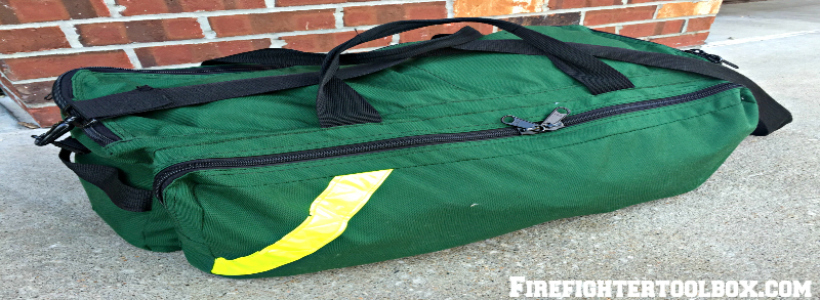
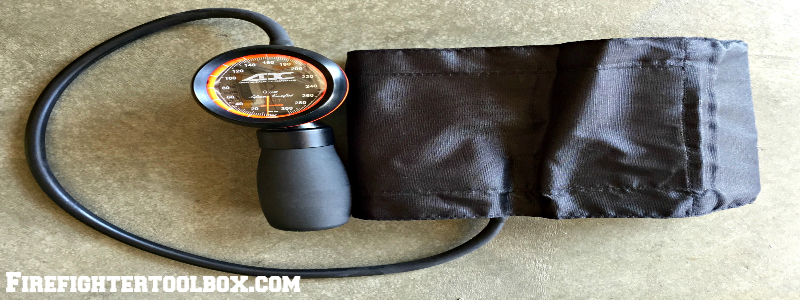

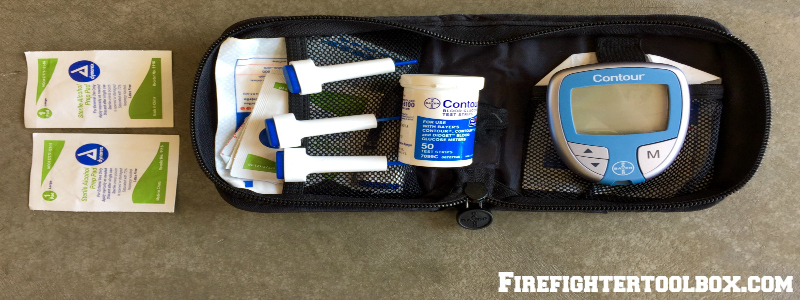
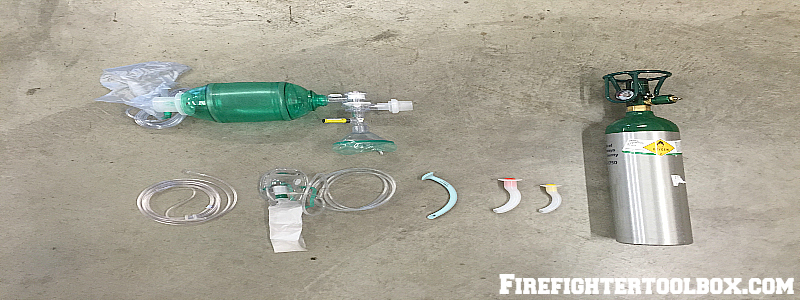

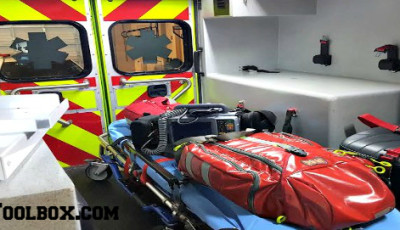
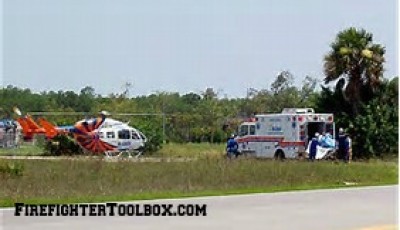
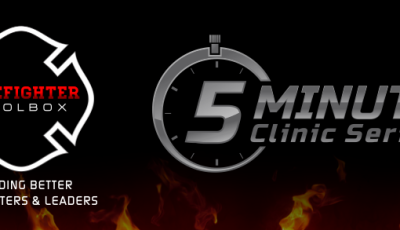




The only questions I have are, regarding the glucometer, is that necessary or would that be depending on your scope of practice and protocols? Would this bag be specific for the members if they do not have any advanced medical training such as EMT, paramedic, etc., simply meaning a member with first aid isn’t going to know how to initiate an airway adjunct, but could definitely begin to bag the patient. I have to agree with everything in the list, I’m just curious about the whole protocols and scope of practice.
Eric,
Thank you very much for reading the article and for sharing your thoughts/questions. The target audience for this article is primarily firefighters with basic medical training (EMT-Basic). The medical jump bag would be used on the firetruck for medical-related calls. I consider the glucometer an essential piece of emergency medical equipment because firefighters respond to calls for patients with altered mental status and/or diabetic emergencies (I.e.-hypoglycemia and hyperglycemia). Thanks again for reading!
No need to thank me for reading, thank you for providing the training and insight, I would have to agree with every part of the contents of the bag, unfortunately all of my personnel are not medically trained to the EMT level, hopefully it changes. The one argument that I’ve had as an EMT, is I can provide a patient who is a diabetic with the instant glucose gel, however, I cannot use a glucometer unless there is a medic with us, it’s a minor argument that I may never win, but without the “normal” clues which are taught in an EMT class, I have to argue by saying how am I to know if the sugar is too low or too high. The other argument is that medical providers in EMS, have glucometers which are calibrated much more than the patients machine so of course how are we to trust them type thing.
Thank you for writing the article. I found it very interesting and it covers the basic items needed. Only problem in PA is the EMT Basic is not allowed to use the glucometer as this is still considered an ALS skill. We have requested that this skill be added to the EMT skills, but the state Dept of Health turned the request down. It up sits me that the EMT can not perform this skill, yet the very individual that is a diabetic is trained to do this. Case in point, we had a call one day for a possible fall victim and were dispatched for it. Upon arrival we find a 65 year old man sitting as this table eating breakfast. Upon question and exam, find he is a diabetic. We see he as a glucometer and ask him to check his sugar level. It take him 4 time and still not a valid reading. WHY? His meter is missing the battery cover. By law/standard we can not leave him, nor will medical command allow a release, so we call for ALS. Local ALS not available, next due from city not available. Next due ALS out of county unit. This in my opinion is not right. We now took and tied up another ALS unit and one from out of county that now left that area open with no ALS unit available. Maybe in the future this will change.
Added information. We also care oxygen masks for pets. These items were added after a fire call we responded on to assist another company and helped rescue a family pet and started giving it O2. So I would also recommend adding these oxygen masks also for our fellow friends, mans best friend, cats and other small family pets.
Coming from a department who doesn’t run ems at all, why should we carry blood pressure cuff, stethascope, glucose meter, if we’re not trained on how to use them, and have emt’s responding in with us, as well as o2 when we most likely will never administer it. We had o2 on our engine, but did away with it, and only the guys who are emt’s know how to use a blood pressure cuff